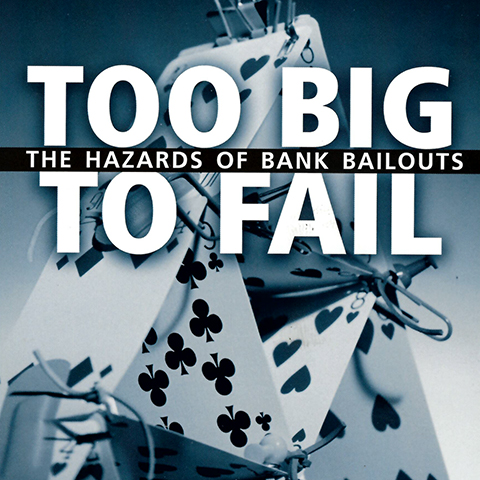
Seven years after the biggest financial crisis since the Great Depression, the biggest banks are still too big to fail (TBTF). Without action, they continue to pose a serious, ongoing risk to our nation’s economy. It’s time to seriously consider bold and transformational solutions to address TBTF once and for all. The Federal Reserve Bank of Minneapolis launched a major initiative to develop a plan to end TBTF and prevent similar economic devastation from hurting the American people.

The Federal Reserve Bank of Minneapolis: Decades of Depth in TBTF
Well before the Great Recession of 2008, leading economists and policy experts at the Federal Reserve Bank of Minneapolis paved the way in exploring the issue of TBTF. Former Bank President Gary Stern and current Executive Vice President and Senior Policy Adviser Ron Feldman were pioneers in publishing about the hazards of bank bailouts. Since the most recent bailouts of the Great Recession, Stern and Feldman continue to be TBTF thought leaders.
Below, please find a sampling of critical publications authored by scholars from the Minneapolis Fed on this important topic.

Too Big to Fail: The Hazards of Bank Bailouts
The book, published in 2004 by Brookings Institution Press and authored by Gary Stern and Ron Feldman, warns that not enough has been done to reduce creditors' expectations of TBTF protection.

